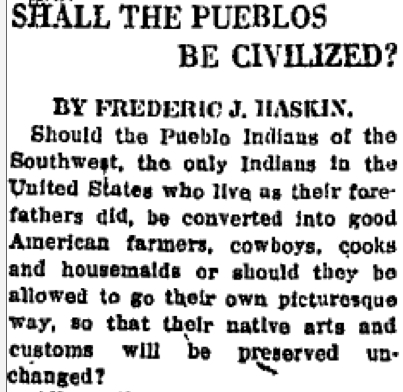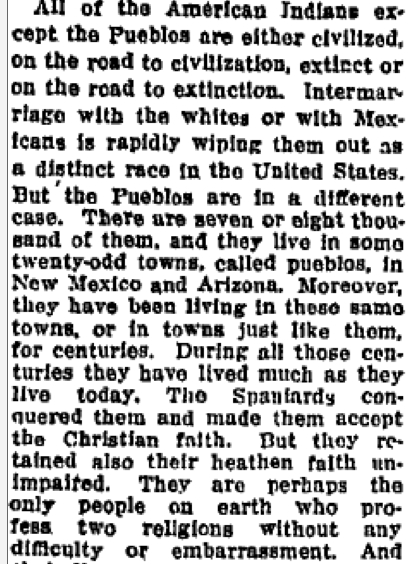Martin M. pointed out some ironic happenings in Peru that illustrate the complexities of trying to deal with long-term stereotypes and prejudice. Back in November 2009, the Peruvian government officially apologized for discrimination against AfroPeruvians. So far so good–a step toward acknowledging that AfroPeruvians have suffered both economically and socially because of social attitudes and government policies.
But, of course, long-held stereotypes aren’t that easy to change. Peruvians of African descent have often been portrayed as backward, uncivilized, and possibly cannibalistic.
Just a few days after the government’s apology and declaration that poor treatment and negative stereotypes of this ethnic group needed to end, the newspaper El Comercio began advertising their new section on healthy eating with a TV commercial that draws on all the old stereotypes. The video is in Spanish, but I’m pretty sure you’ll get the gist of it, and I describe it below:
El comercio- Los canibales from Pao Ugaz on Vimeo.
What’s going on here? The mother is mad, not because her younger son ate someone, but because he ate someone who was too fat, and thus not good for them to eat. They need to eat less fattening people to improve their health. She warns him about his cholesterol. The caption says, “You eat healthy, you are healthy.”
According to Reportaje al Perú, the newspaper pulled the spot after receiving complaints and apologized for it.
As with any society with a history of widespread, blatantly racist stereotypes and discrimination, attempting to heal racial wounds will be a very long, painful, and difficult process. It’s one thing to officially apologize. It’s another to convince citizens that prejudice and discrimination are unacceptable and that everyone must play a part in ending them.
See also: El Correo ridicules Quechua speakers in government.




